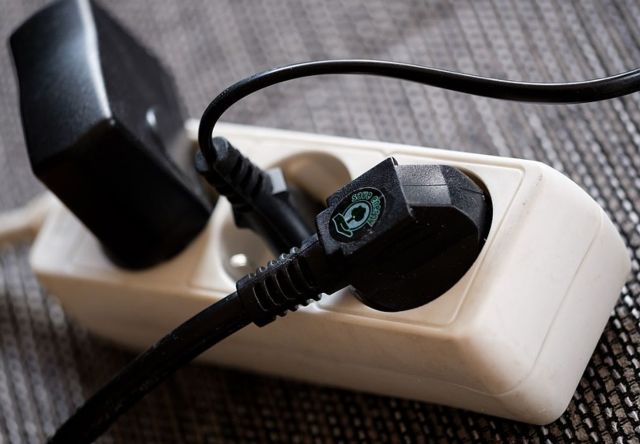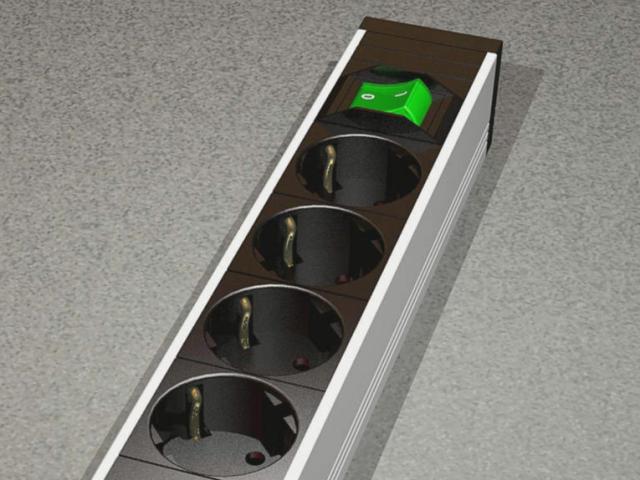Categories: Featured Articles » Electrician at home
Number of views: 3522
Comments on the article: 0
What is the difference between a surge protector and an extension cord
When we make repairs and the wire of the drill or grinder turns out to be short, the usual extension cord comes to the rescue. It can be just a long two-wire cable with a single outlet on one end and with a plug on the other. Another popular household option is a round three-outlet extension cord, combining a reel for storing wires and three sockets - a classic of the 90s.

Previously, such an extension cord could be found in almost any apartment. However, devices of this plan are very primitive. In fact, they are designed to physically increase the length of the wire of the appliance if it does not reach the nearest wall outlet, nothing more. A tee, a two-wire wire, a plug - that's the whole extension cord.
Network filter - the thing is more complicated. With the widespread use of personal computers, it became necessary to have several outlets at the same time near the desktop.
It is not convenient to use a conventional extension cord - each time, upon completion of work, it would be necessary to pull the plug out of the socket and then plug it in again. In addition, it is much more convenient if next to the sockets on the extension cord there is an on-off button. Better yet, have a built-in filter in the sockets to protect your computer from interference.
So on the shelves of stores and the first network filters appeared. The mains filter, although it looks like an extension cord, nevertheless differs from it not only in appearance (round cord, large plug, thick case with Euro outlets), but also in its internal structure.

Inside the outlet block of the line filter, there is necessarily a noise suppression circuit. In addition, the surge protector is always equipped with a grounding contact on the plug, so the wire here is not two-wire but three-wire. And of course, there is a switch button on the surge protector, usually with a light indication.
Thus, a network filter is not just called a filter. It performs the functions of a splitter, a switch, and also carries a protective function.
The anti-jamming unit is an integral part of the line filter, containing at least a capacitor, a choke and a varistor. These parts are designed to neutralize dangerous power surges of any nature and suppress differential interference.
A capacitor with a choke suppresses noise, a varistor protects against voltage surges. A fuse (usually installed under a special cap near the circuit breaker) prevents overcurrent.
Obviously, for reliable protection of any household appliances, it is better to use a surge protector rather than an extension cord. Imagine that in one room of the apartment there is a grinder or a drill with a commutator motor, and in another - a computer is running that performs a complex and accurate program. Even a neighboring apartment can become a source of interference.
If interference from the grinder penetrates the computer, this can lead to unpredictable consequences, starting with a failure in the data recording, ending with a sudden unplanned shutdown. That is why it is important to protect yourself from interference and power surges of any nature. The surge protector to some extent protects against the worst-case scenario.
The sockets of the best surge protectors have the so-called child protection, which consists in the fact that the openings of the currently unused sockets are covered with curtains, minimizing the temptation to put something there.
For convenience, there are hooks on the back of the power filter so that the sockets can be fixed on the side of the desktop by simply hanging them on pre-installed hooks. Thus, the surge protector is not only protection against interference, but also convenience.
See also on this topic: How network filters are arranged and work
See also at e.imadeself.com
:
